Illustrated Guides to Camping Like an Early-20th-Century American
The Rare Book Room of the New York Academy of Medicine Library in East Harlem has a trove of printed materials connected to camping and outdoor recreation in the early 1900s.
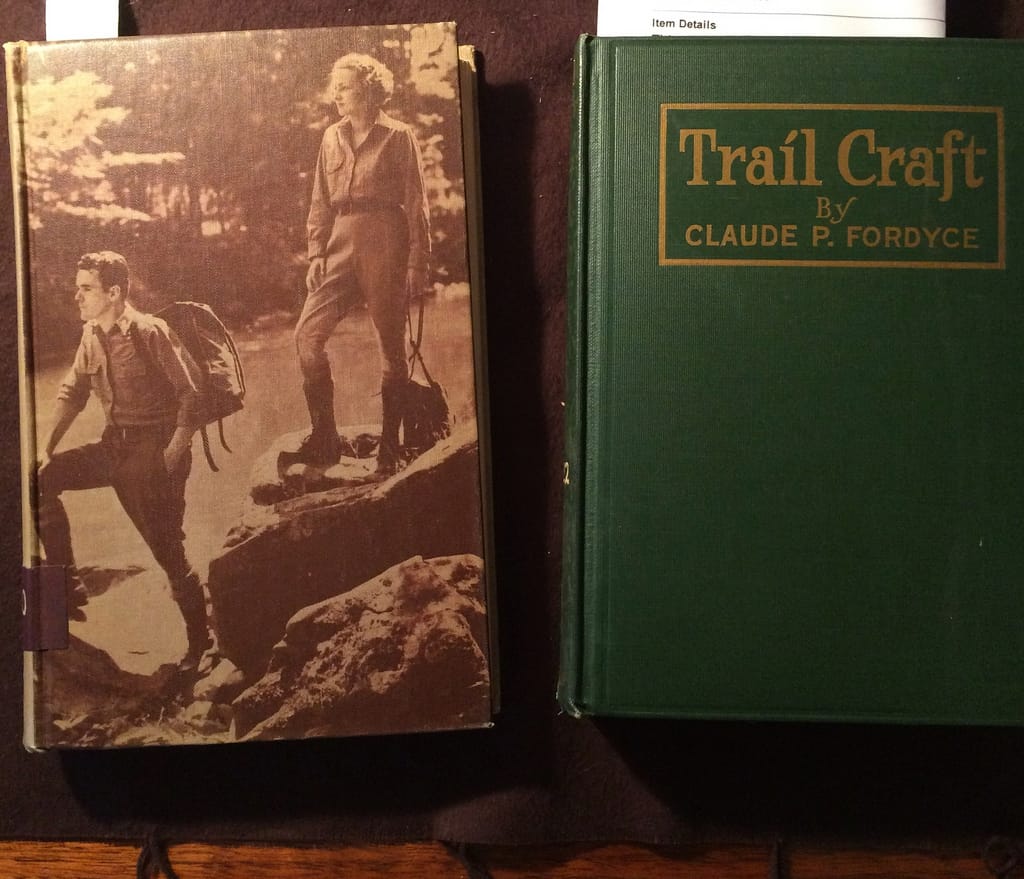
As American cities grew at the beginning of the 20th century, consuming more and more land with concrete and construction, experiencing nature became a journey. Camping was increasingly popular, and new cars helped facilitate weekend excursions, even doubling as mobile accommodations.

The Rare Book Room of the New York Academy of Medicine (NYAM) Library in East Harlem has a trove of printed materials connected to camping and outdoor recreation in the early 1900s, including motor camping guides, cookbooks on fried squirrel and skunk stew, and warnings about sanitation (typhoid, malaria, and other diseases were of major concern).
A 1925 pamphlet for Camp Wonoka in the Berkshire Hills, located “less than two and a half hours out of New York City,” boasts: “No malarial germs — No mosquitoes: By virtue of its high elevation Camp Wonoka is rendered free from all malarial germs, mosquitoes and other disease breeding elements that abound in low flat lands.” In the 1908 The Sanitation of Recreation Camps and Parks, Harvey Brown Bashore wrote:
Let the camper forever remember the story of Plymouth, where one case — only one — of typhoid fever on the banks of a mountain stream demanded a toll of over a thousand cases and a hundred deaths; this is fact, not fancy. […] ‘Vacation typhoid’ is the shadow that lurks in the woods when defiled by man.
The NYAM collections are concentrated on medical history, and camping, with its fresh air and physical exercise, was considered an aspect of good health. As Bashore’s warning shows, however, there was already an acknowledgement of the human impact on the land in the early 20th century. In the 1912 The Camper’s Own Book: A Handy Volume for Devotees of Tent and Trail, Rudolf Cronau writes that once the “forests, like a mighty unbroken sea, covered the entire east and center of our continent in such density and luxuriance that they were not a blessing, but a hindrance to the settlers.” He goes on to note that now as “man made himself master over everything on the earth, so he won his battle against the forest.”
At the time, the conservation movement that had started in the 19th century (including the 1891 Forest Reserve Act) was gaining ground, and the National Parks Service was established in 1916. Camping was a way to experience these preserved places and escape modern life, even if the Ford Model T came along for the ride. In his 1923 Motor Camping, John Cuthbert Long noted that by then there were “over ten million cars in this country” (compared to over 250 million vehicles registered today). He writes: “Most of us are possessed of the desire to be somewhere else.”
Below are images shared by the NYAM from their Rare Book Room holdings on early 1900s camping, from tents designed to attach to old automobiles, to advice on how to catch a snake.
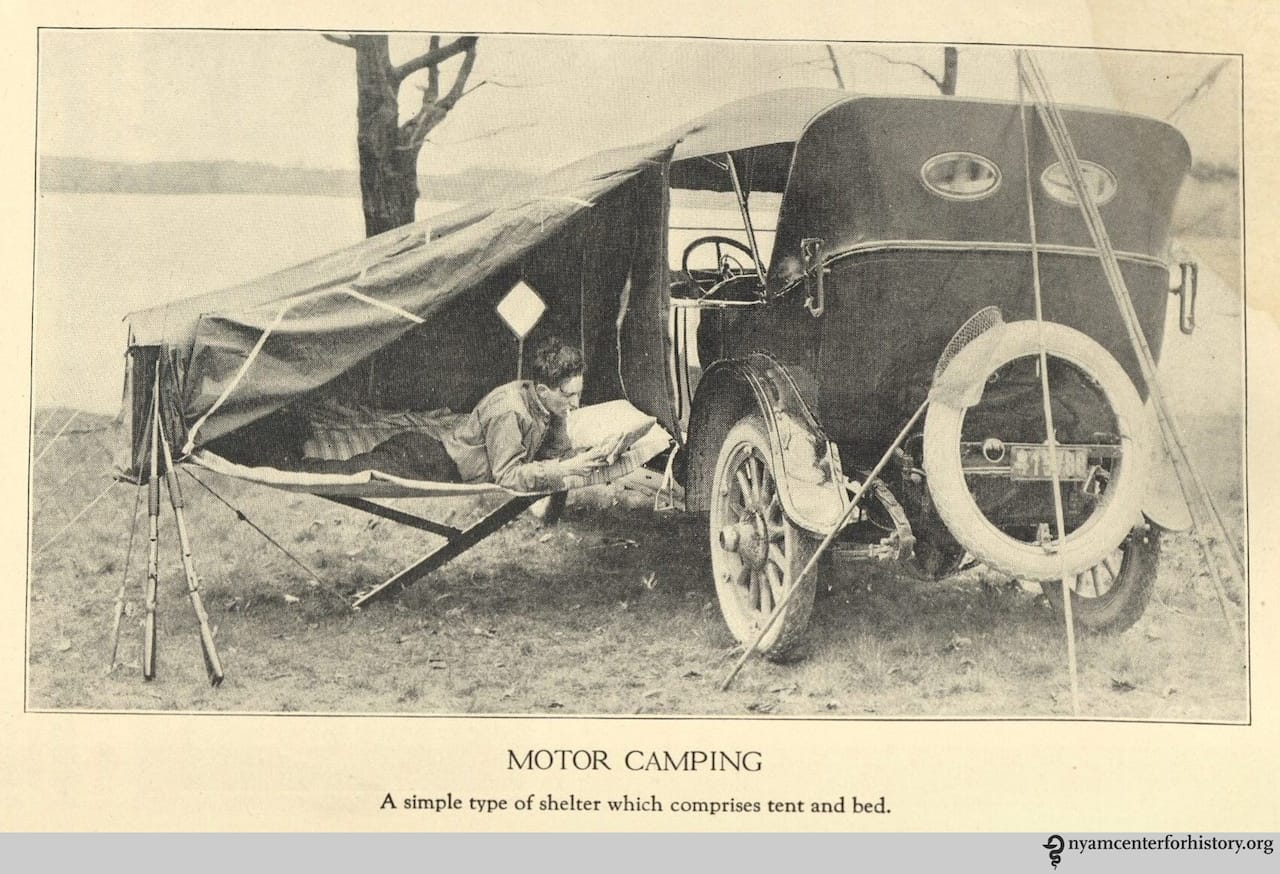
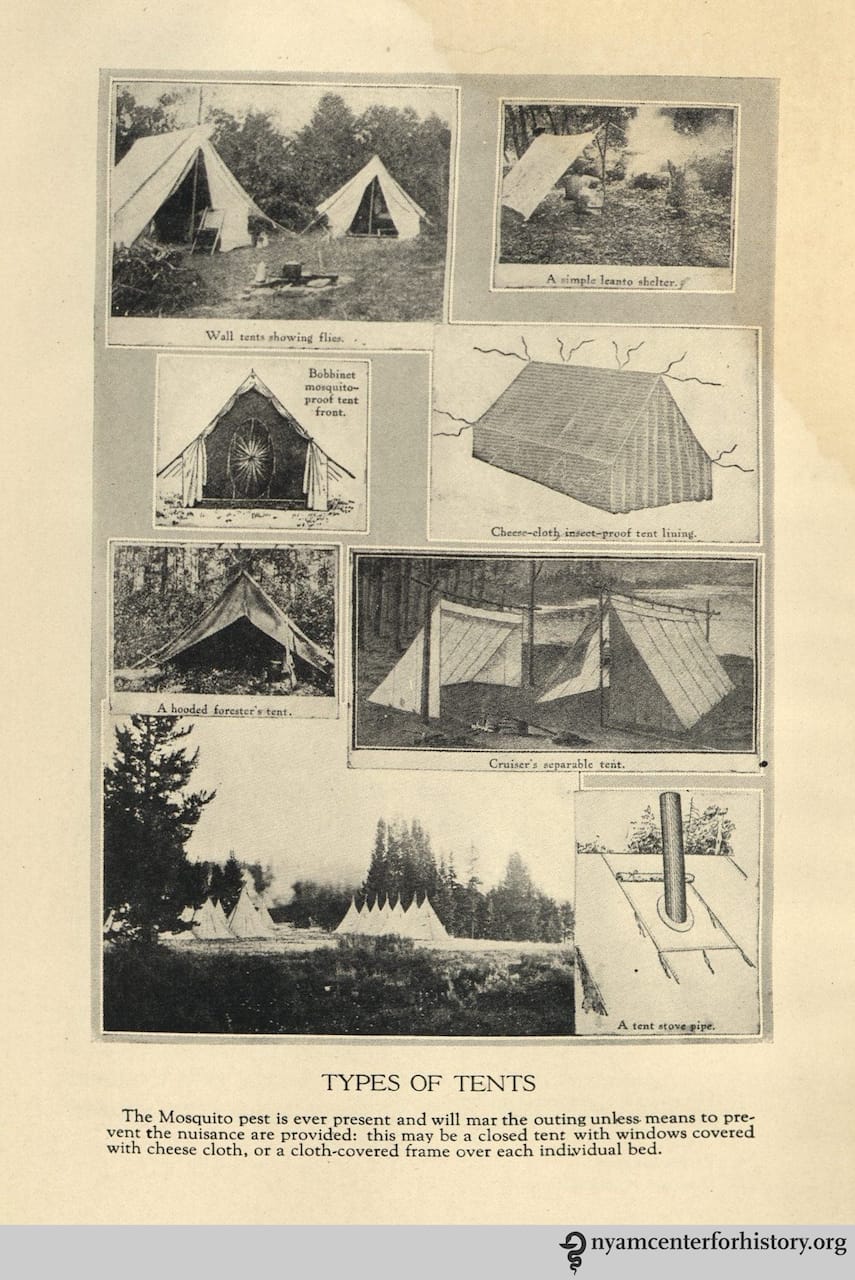
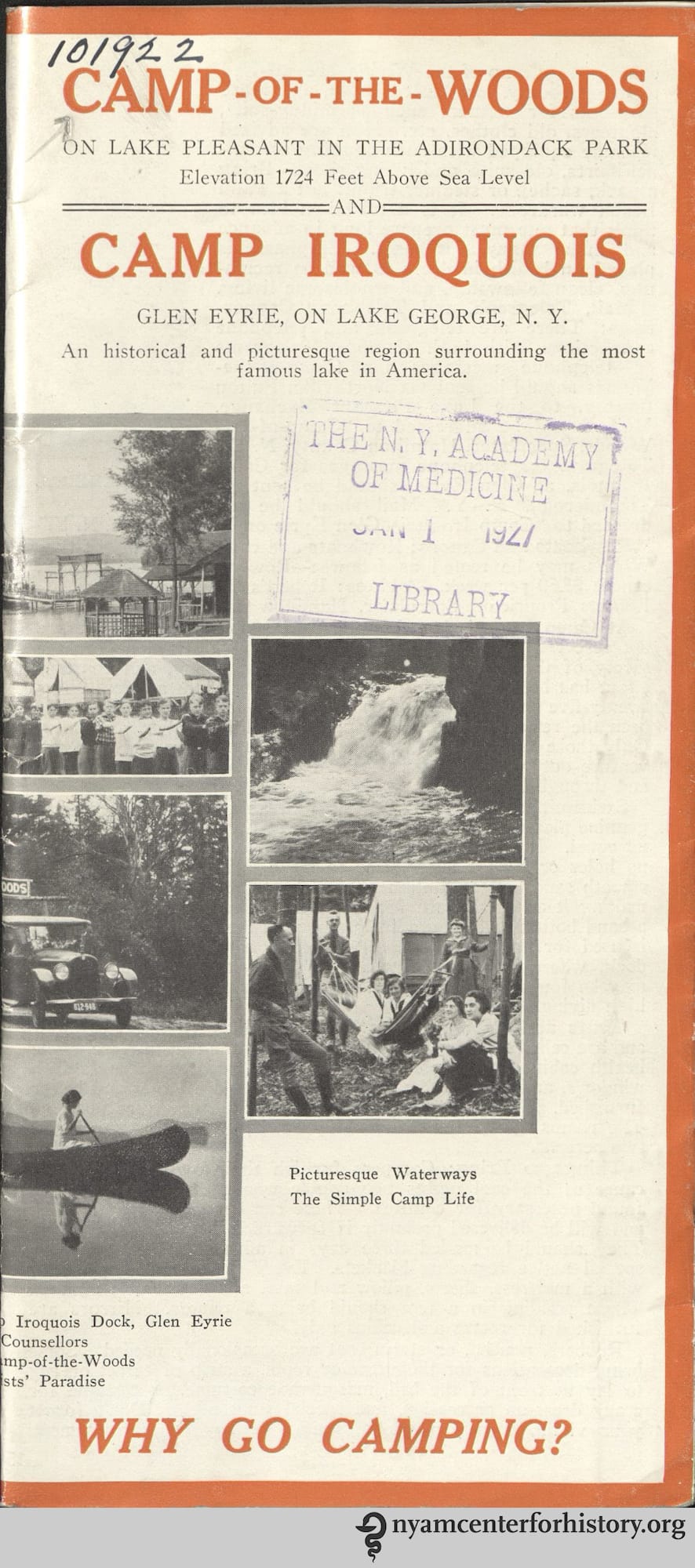





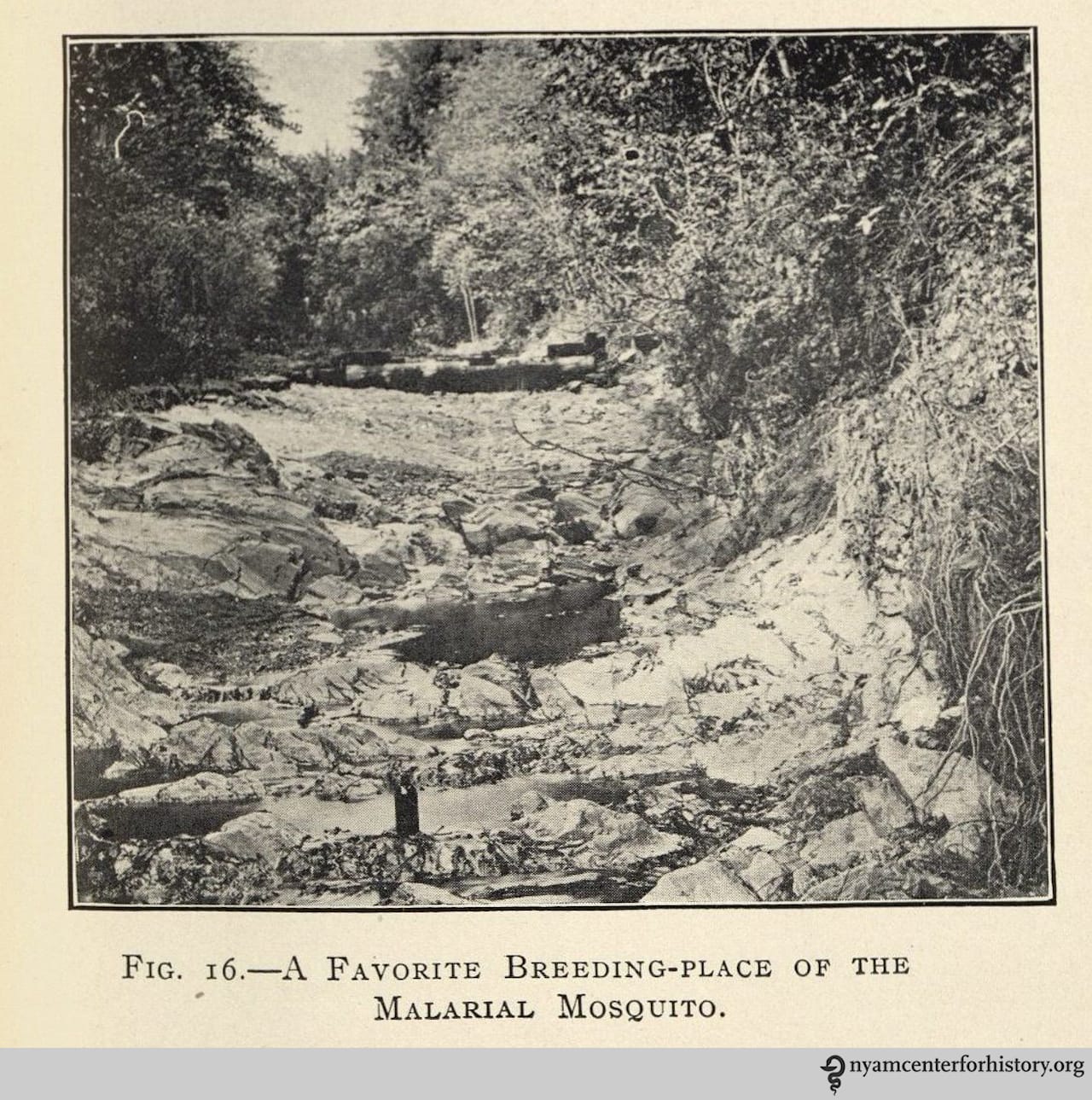
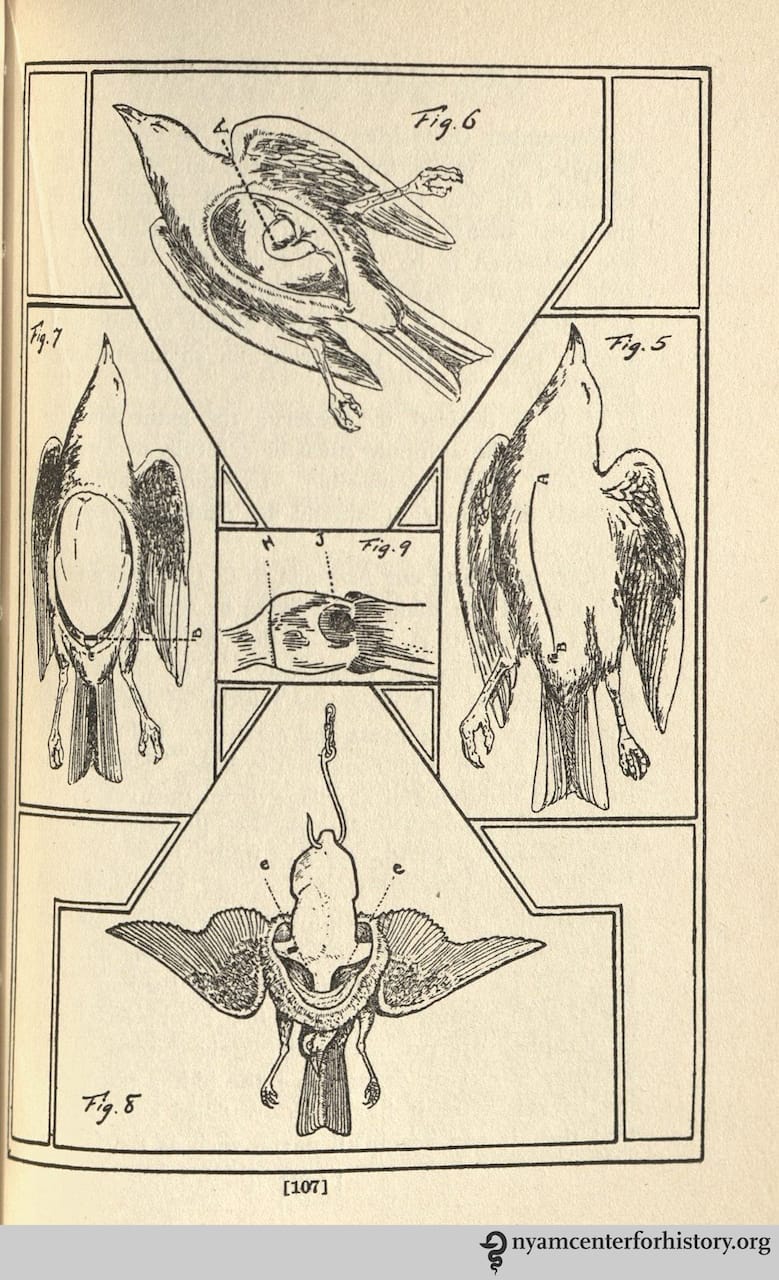


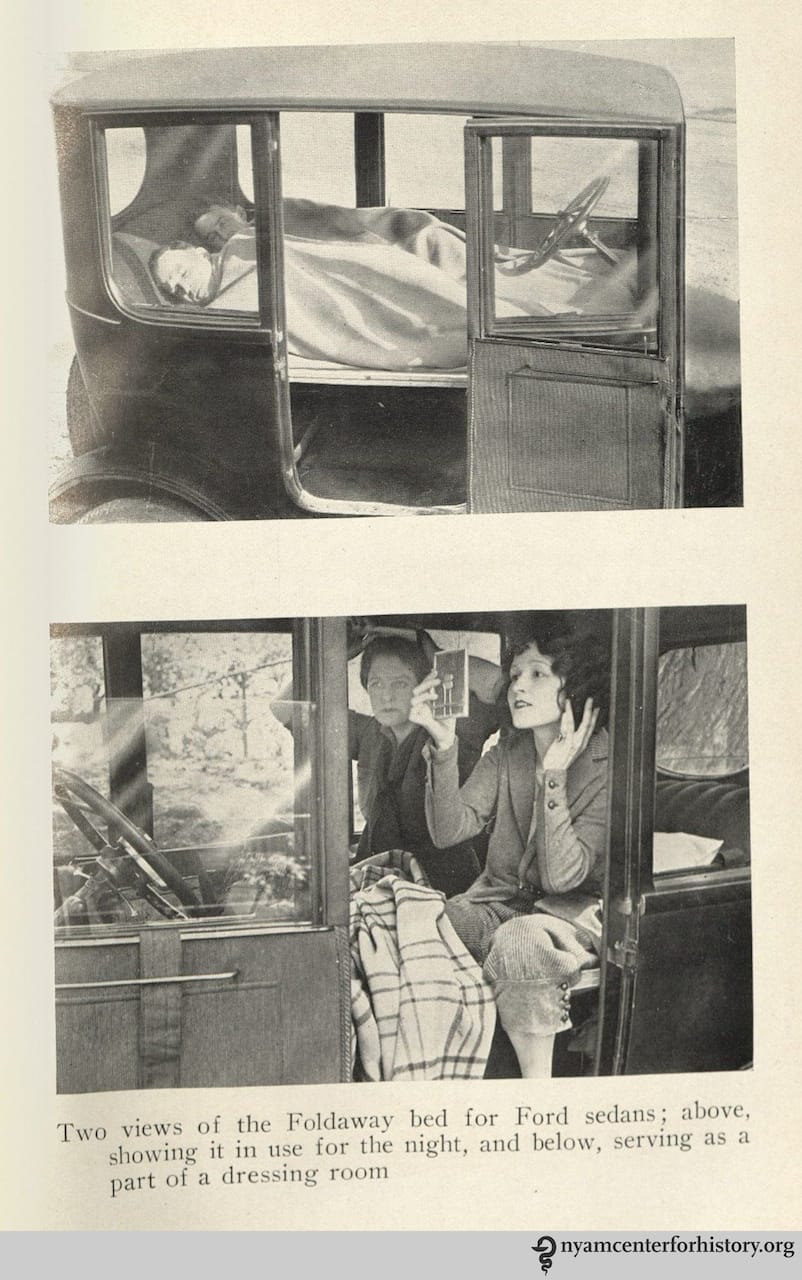
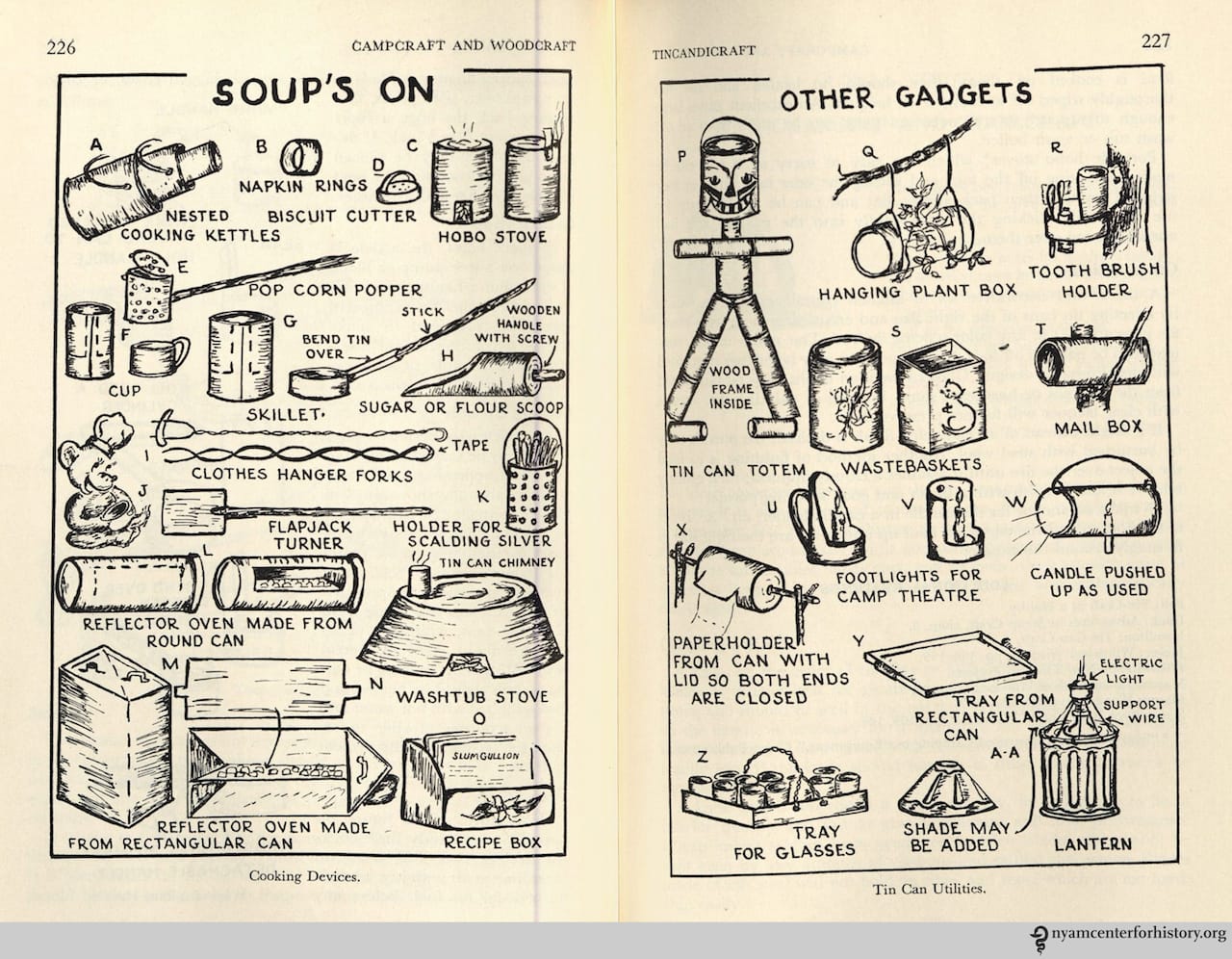
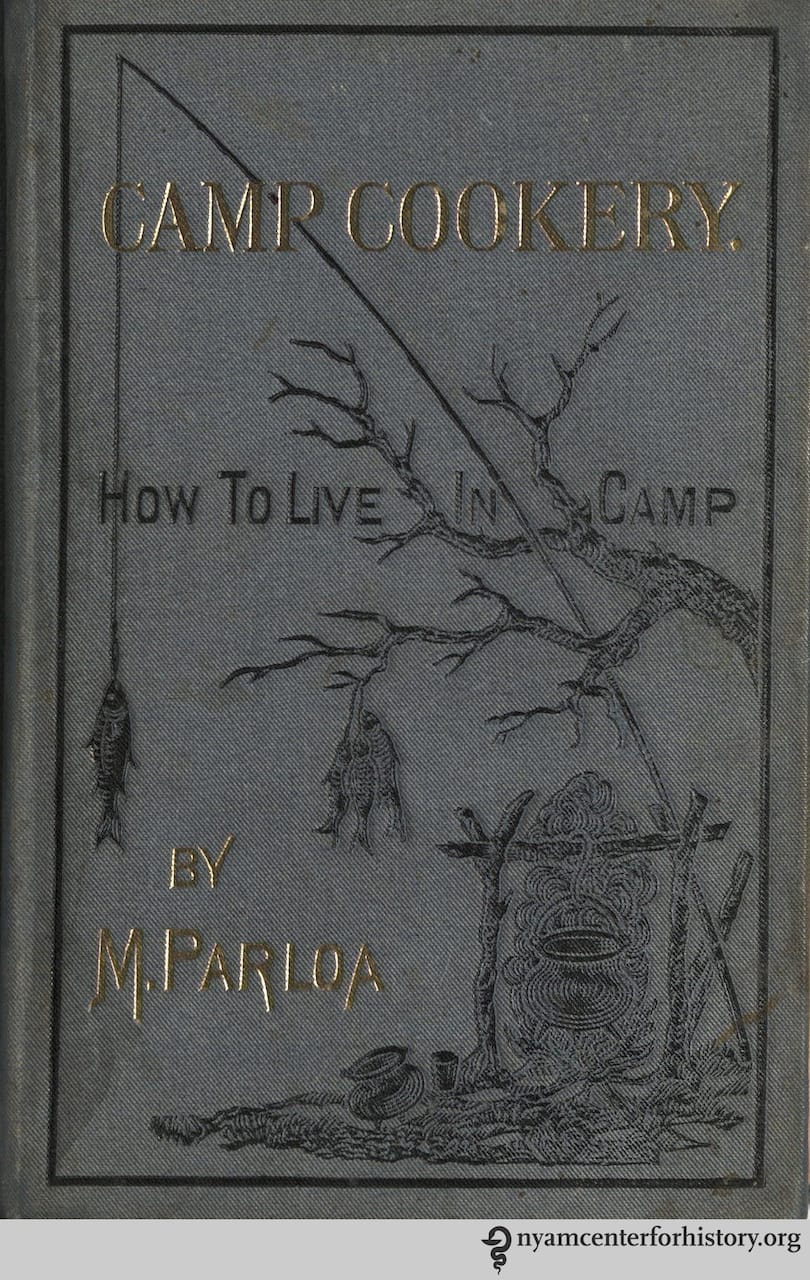
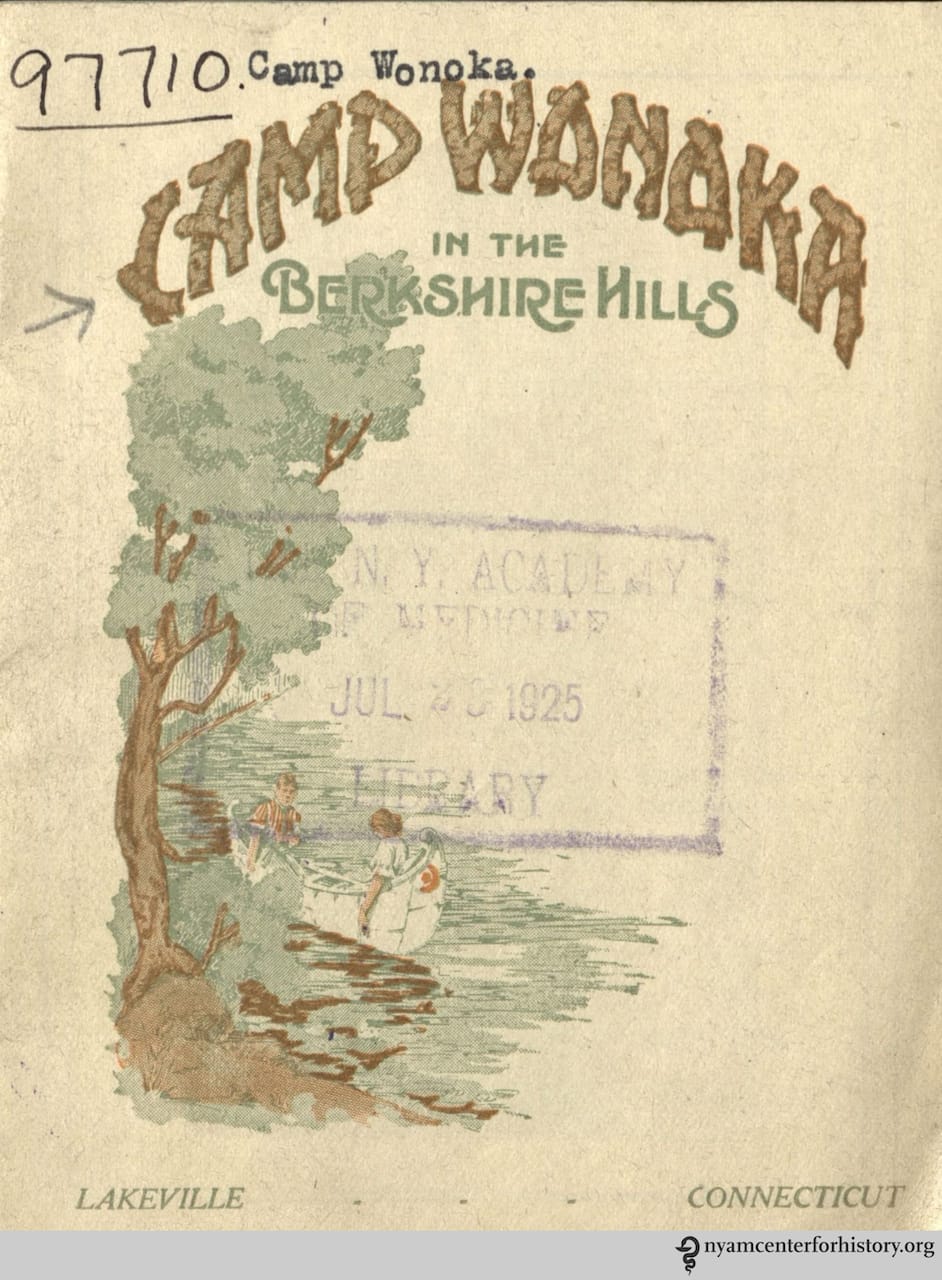
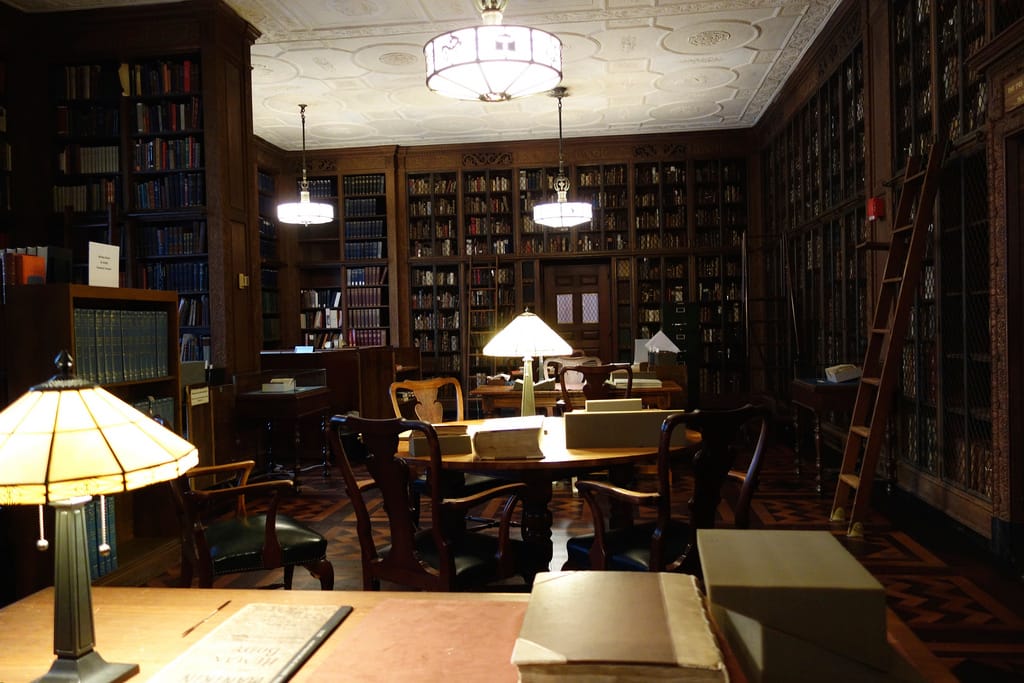

The New York Academy of Medicine Library is located at 1216 Fifth Avenue at 103rd Street, East Harlem, Manhattan. See the website for open hours for the Rare Book Room.





